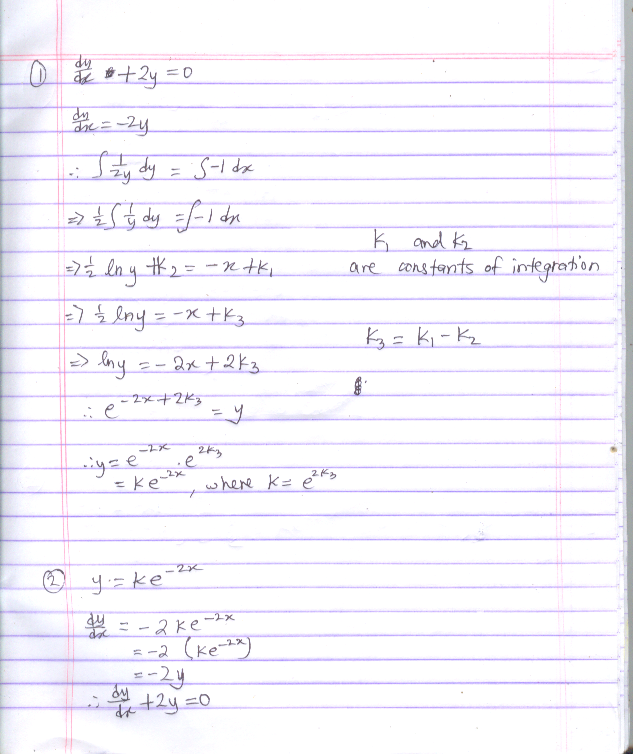agtsp
Newbie level 5

I have fundamental doubt on differential equations. Let us say that we want to solve dy/dx+2y=0 then by traditional method we get the solution e power (-2x). Now the question is two fold, which come first, the solution or the differential equation. I mean that in practice we would take measurements and plot a graph and that would represent a function. Now how do I frame a differential equation from a function?
(example how can I say by looking at e power(-2x) that dy/dx+2y=0 will be the governing equation)
(example how can I say by looking at e power(-2x) that dy/dx+2y=0 will be the governing equation)






